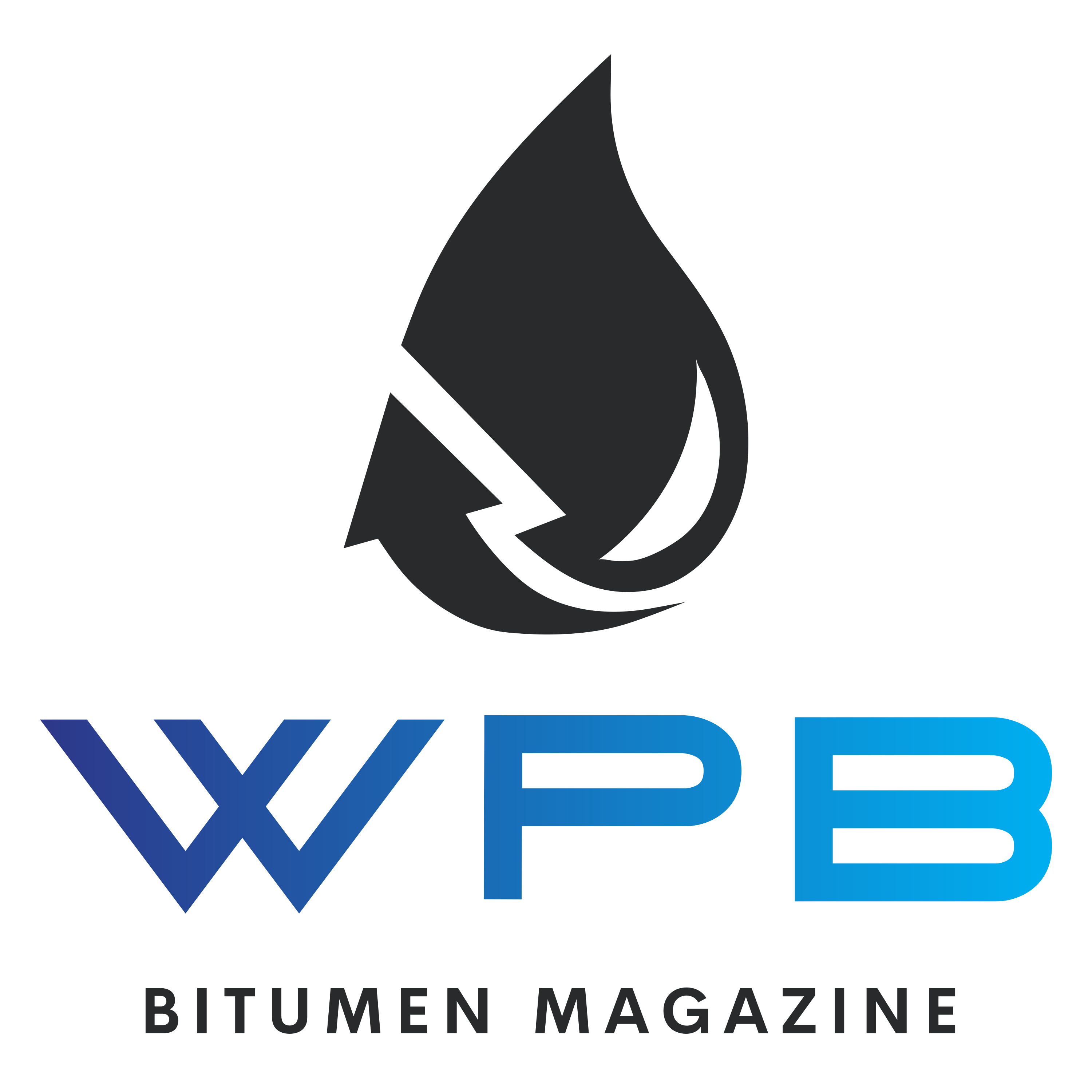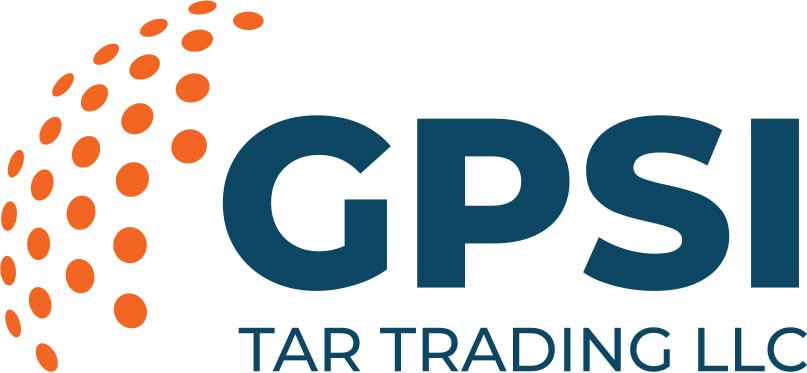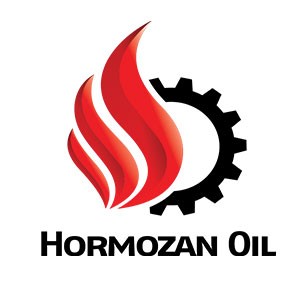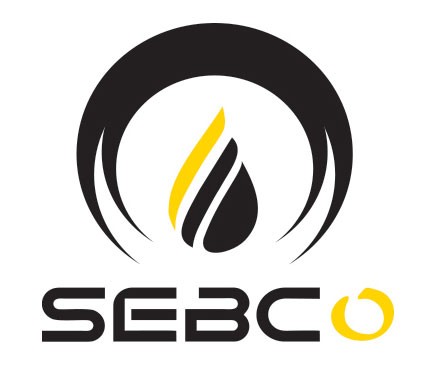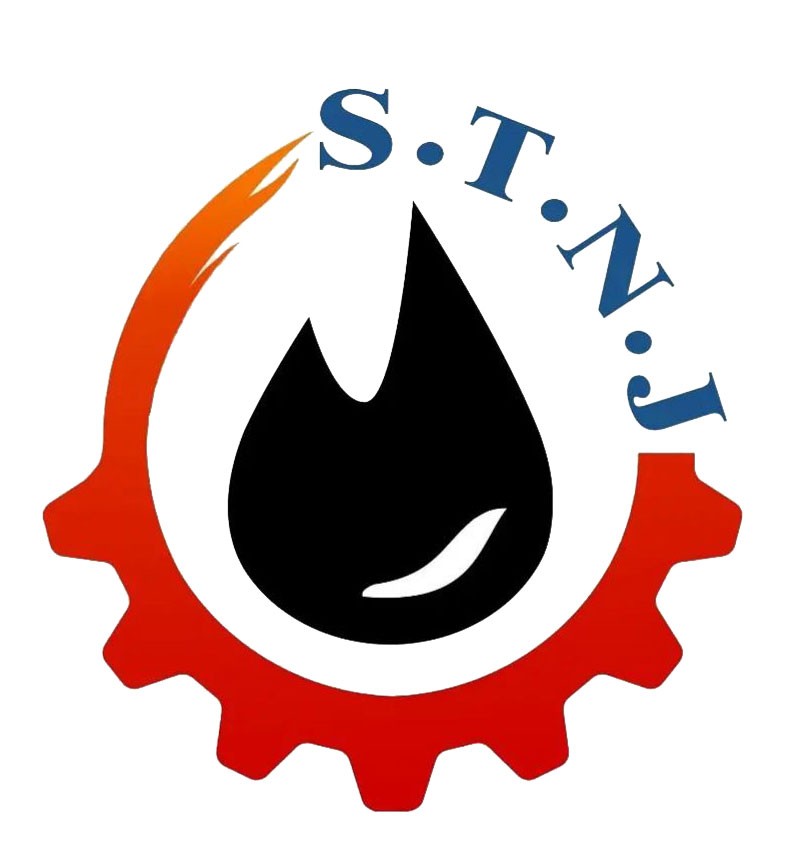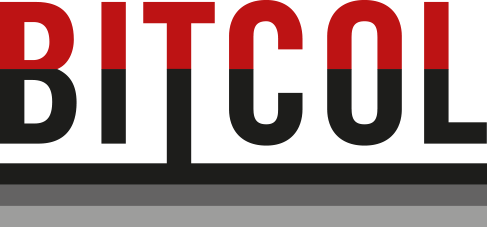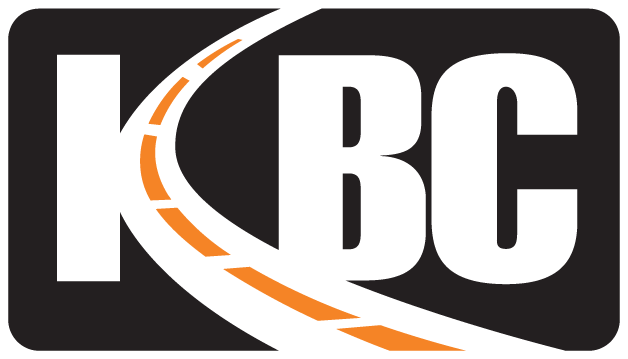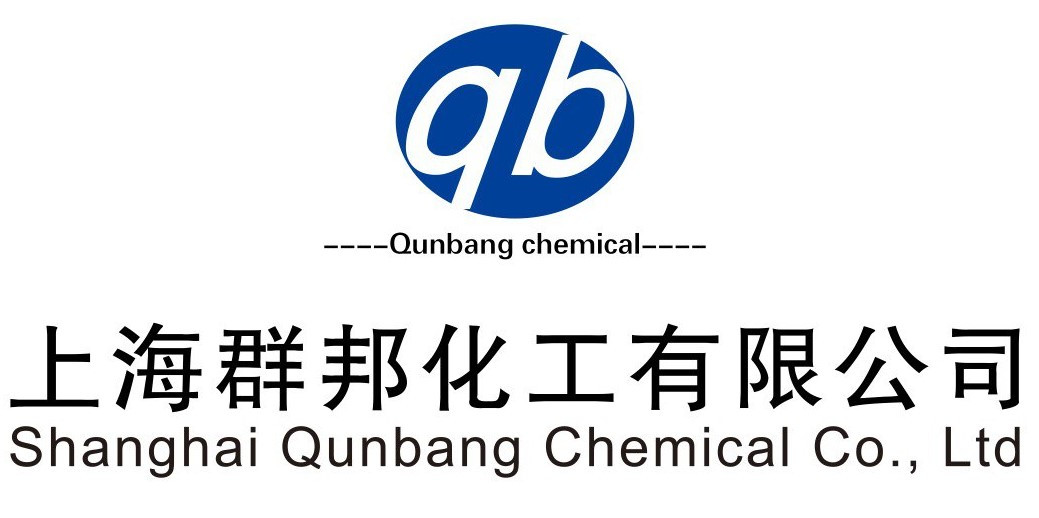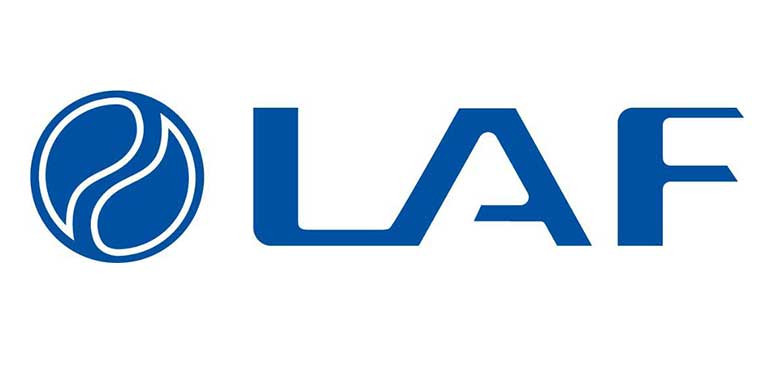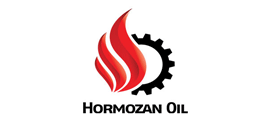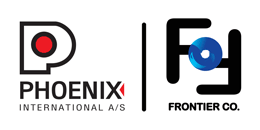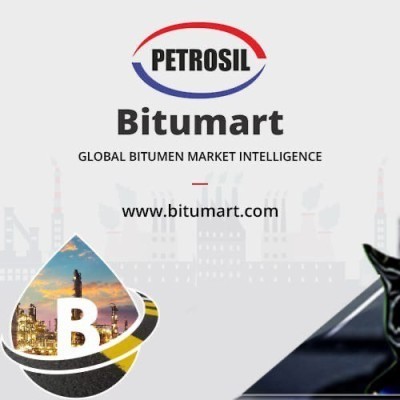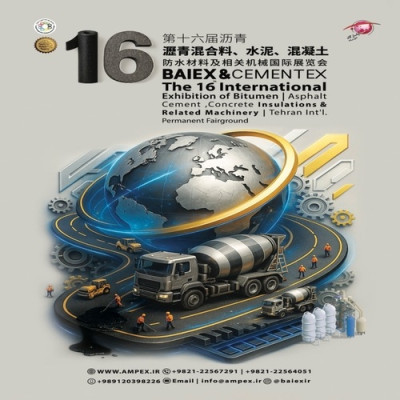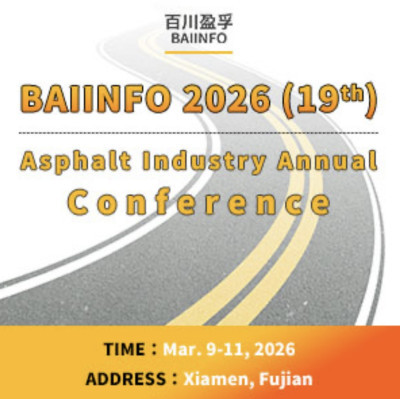WPB: The self-healing asphalt industry is on track to witness substantial expansion, with market value projected to nearly double from $3.9 billion in 2024 to an estimated $7.5 billion by 2034. This steady rise, driven by a compound annual growth rate (CAGR) of approximately 6.5%, reflects a growing demand for smarter, longer-lasting, and eco-friendly infrastructure solutions.
At the core of this sector lies the development and deployment of asphalt mixtures designed to repair surface damage autonomously. Utilizing advanced methods such as embedded microcapsules and induction heating systems, these materials are crafted to extend the service life of roadways while minimizing the frequency and cost of repairs. The market’s progression supports global initiatives aimed at building more resilient and sustainable transport networks.
Momentum Driven by Infrastructure Durability Needs
Market momentum is largely fueled by increasing global investments in infrastructure durability and cost-effective maintenance strategies. Among the emerging technologies, self-healing asphalt with microcapsule additives currently leads the market due to its proven effectiveness in delaying pavement deterioration. Close behind is the induction heating-based variant, which is gaining popularity, particularly in metropolitan areas where quick and efficient maintenance is crucial.
From a geographical perspective, Europe maintains a leading position, owing to its strong commitment to green infrastructure and strict environmental standards. Countries such as the Netherlands and Germany are pioneering advancements, backed by robust R&D efforts. North America also plays a prominent role, with the U.S. embracing innovative materials and construction methods to modernize its roadways. The push toward reducing the carbon footprint in urban development further accelerates adoption rates worldwide.
Market Composition and Projections
In terms of volume, the market stood at approximately 300 million metric tons in 2023 and is expected to rise to 500 million metric tons by 2033. The road construction sector commands the largest share—around 45%—followed by highway upkeep at 30%, and urban infrastructure projects accounting for 25%. The surge in demand for new roads, fueled by rapid urban expansion, is a key contributor to the dominance of the road-building segment.
Notable players shaping the competitive landscape include BASF SE, Shell Bitumen, and LafargeHolcim. These companies are actively broadening their offerings through innovation, strategic alliances, and the adoption of cutting-edge technologies to maintain a competitive edge.
Regulatory Environment and Technological Landscape
The evolving regulatory framework—particularly within the European Union—significantly impacts market dynamics. Compliance with stringent sustainability regulations drives the adoption of greener solutions while also affecting production and operational costs. Meanwhile, technological progress is accelerating, with an anticipated 10% annual increase in R&D expenditure directed toward more efficient and environmentally friendly formulations.
Emerging technologies like artificial intelligence (AI) and the Internet of Things (IoT) are set to revolutionize infrastructure monitoring and predictive maintenance, opening new frontiers for smart and adaptive road systems. These innovations are expected to create additional avenues for market growth, especially in the context of smart city initiatives.
Pricing Trends and Recent Developments
Pricing for self-healing asphalt fluctuates based on the complexity of polymer enhancements used in formulations, ranging from $70 to $150 per ton. Variability in raw material supply and regional production capabilities also influence these costs. Recent breakthroughs in polymer science have significantly improved the material’s healing performance, encouraging more construction companies to adopt it as a long-term solution.
Governments worldwide are increasing support for sustainable building practices, with several infrastructure stimulus packages promoting self-repairing materials. Such policies are projected to contribute to a market CAGR of over 10% in the next five years. Additionally, partnerships between research institutions and private enterprises are accelerating the development of bio-based polymers and nanomaterial-enhanced asphalt, improving the environmental footprint and mechanical resilience of these materials.
Drivers and Emerging Trends
The growing urgency to build resilient urban infrastructure is a major driver behind the market’s expansion. Self-healing asphalt, with its capacity to automatically close surface cracks, fits seamlessly into strategies aimed at lowering maintenance frequency and reducing environmental degradation.
Technological advancements remain at the heart of this transformation. New formulations are increasingly equipped with capsules or fibers that discharge healing agents when damage occurs, helping extend the surface’s lifespan. This innovation not only aligns with sustainable development goals but also provides a cost-effective alternative to conventional road materials.
Smart city planning and the integration of intelligent infrastructure are also playing a crucial role in market growth. As urban centers evolve, the demand for long-lasting and low-maintenance roadways continues to climb—making self-healing asphalt a critical component of future urban ecosystems.
Barriers to Widespread Adoption
Despite its potential, the self-healing asphalt market faces several hurdles. High initial production costs remain a deterrent, especially for municipalities and contractors working with limited budgets. Moreover, the novelty of the technology presents an educational barrier, with many stakeholders lacking the knowledge or confidence to transition away from traditional asphalt solutions.
Installation of these materials also requires specialized expertise, which is not yet widely available. Additionally, region-specific environmental conditions affect the performance of self-healing asphalt, making universal application challenging without localized adaptation. Regulatory approval processes can be lengthy and complex, further slowing market penetration.
Future Outlook
Overall, the future of the self-healing asphalt market appears bright, with strong support from environmental policies, technological evolution, and the global shift toward sustainable infrastructure. Continued investment in R&D, coupled with increasing awareness of the long-term economic and environmental benefits, is likely to accelerate adoption and transform the way modern roads are built and maintained.
By Bitumenmag
Asphalt, Self-healing, Bitumen
